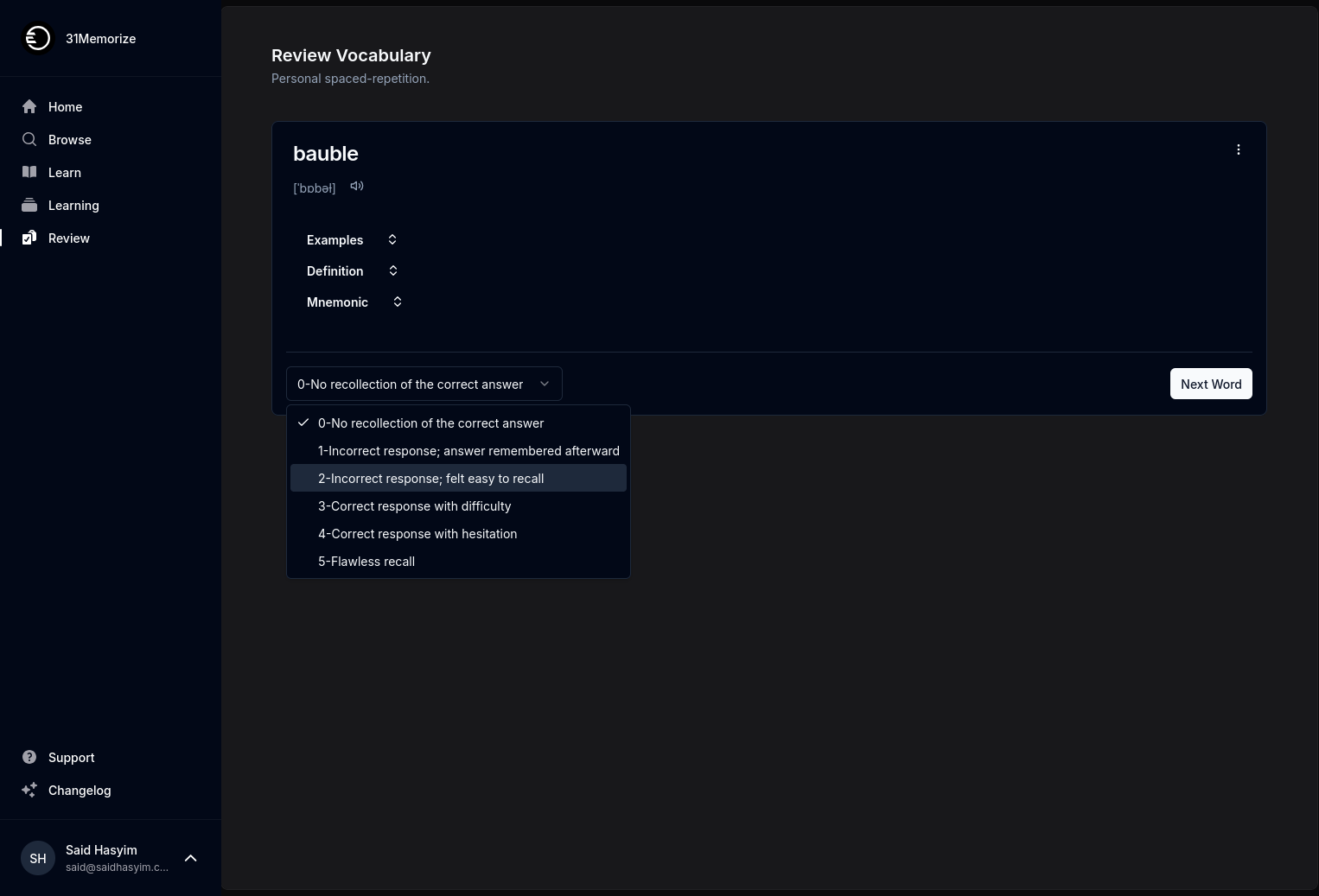The Relationship Between Ratings and Sales Growth
In today’s competitive marketplace, companies strive to understand the nuances of customer behavior in order to enhance their sales and grow their brands. Among the myriad factors influencing consumer decisions, product ratings have emerged as a crucial indicator of credibility and quality. In this blog post, we will explore the intricate relationship between product ratings and sales growth, examining how each interacts with the other, and the implications for businesses aiming to maximize their performance.
Understanding Product Ratings
Product ratings, often presented as star ratings or numerical scores on platforms such as e-commerce sites, review aggregators, and social media, offer insights into consumer perception. These ratings are typically based on customer reviews, reflecting overall satisfaction, product quality, and user experience.
The Psychology of Ratings
The power of ratings lies in consumer psychology. Research indicates that individuals often rely on social proof to make purchasing decisions. When a product boasts a high rating, it can create a perception of trustworthiness and quality. Conversely, a low rating can deter potential buyers, leading them to choose competing products instead.
The Correlation Between Ratings and Sales
Numerous studies have highlighted the correlation between ratings and sales growth, indicating that higher-rated products tend to experience increased sales. Here are some key factors driving this relationship:
1. Increased Visibility
Higher-rated products often benefit from enhanced visibility on e-commerce platforms. Algorithms used by these platforms prioritize products with better ratings, positioning them at the top of search results and increasing their chances of being seen and purchased. This visibility can lead to a significant uptick in sales, particularly for new products.
2. Influence of Word-of-Mouth
Positive ratings can generate powerful word-of-mouth marketing. Happy customers are more likely to share their positive experiences with friends and family, further amplifying the product's reach. This organic promotion can lead to a higher conversion rate, turning new customers into loyal repeat buyers.
3. Decision-Making Support
When faced with a multitude of options, consumers often seek quick ways to simplify their choices. Ratings provide a simplistic and immediate way to gauge a product's quality. A product with a higher rating can sway undecided consumers and catalyze a purchasing decision, directly impacting sales growth.
4. Reduced Return Rates
Products with higher ratings generally lead to increased customer satisfaction, which corresponds to reduced return rates. When customers are happy with their purchases, they are less likely to return the items, which not only preserves revenue but also decreases inventory costs associated with returns.
The Impact of Negative Ratings
While high ratings can certainly foster sales growth, the impact of negative ratings should not be underestimated. Here are a few aspects to consider:
1. Damage to Brand Reputation
Negative ratings can tarnish a brand's image and deter potential buyers. A single negative review, particularly if it gains traction, may lead to diminished consumer confidence and trust. The long-term effects on sales can be significant, as consumers often remember bad experiences.
2. The Role of Rating Distribution
It's not just about accumulating a high rating; the distribution of ratings plays a crucial role. For instance, a product with a 4.5-star rating based on 1,000 reviews may attract more buyers than a product with a 4.9-star rating based on only 10 reviews. Consumers tend to trust products with a larger number of ratings, believing that they represent a more accurate reflection of quality.
3. The Influence of Response
How companies respond to negative reviews can also impact sales growth. Proactively addressing customer complaints and engaging with their feedback demonstrates commitment to quality and customer satisfaction. Brands that manage their online reputation effectively can mitigate the effects of negative ratings and even turn dissatisfied customers into advocates.
Leveraging Ratings for Sales Growth
Understanding the relationship between ratings and sales growth can lead to actionable insights. Here are some strategies that businesses can implement:
1. Encourage Customer Feedback
Actively solicit feedback from customers and encourage them to leave reviews. This can be achieved through follow-up emails, loyalty programs, or incentives. The more feedback received, the more insights can be gathered regarding product improvements and customer satisfaction.
2. Monitor and Analyze Ratings
Regularly monitor product ratings and conduct analyses to identify trends and patterns. Understanding which attributes resonate with customers can help businesses refine their offerings and better meet consumer needs.
3. Engage with Customers
Promptly addressing customer reviews, especially negative ones, demonstrates that the company values customer feedback. Thoughtful responses can help rebuild trust and may encourage repeat business.
4. Use Ratings as Marketing Tools
Highlighting positive ratings in marketing materials can enhance credibility. This can be particularly effective when launching new products or entering new markets, where establishing trust is paramount.
Conclusion
The relationship between ratings and sales growth is multifaceted, steeped in consumer behavior and psychology. High ratings can unlock a treasure trove of opportunities, leading to increased visibility, enhanced customer loyalty, and ultimately, sales growth. Conversely, negative ratings can have detrimental effects, emphasizing the need for proactive engagement and reputation management.
By understanding this relationship and implementing strategies to maximize positive ratings, businesses can navigate today's competitive landscape more effectively. In a world where customer perceptions drive purchasing decisions, ratings are not just numbers—they are vital to the success and longevity of a brand.
